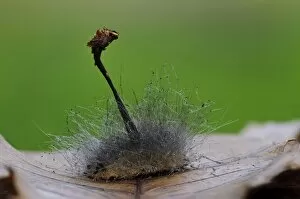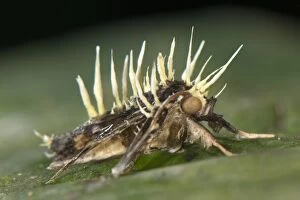Parasitizes Collection
Parasitism in Nature: A Hidden World of Interdependence and Survival From the depths of the Lembeh Straits in Sulawesi
All Professionally Made to Order for Quick Shipping
Parasitism in Nature: A Hidden World of Interdependence and Survival From the depths of the Lembeh Straits in Sulawesi, the Shorthead Sabretooth Blenny (Petroscirtes breviceps) bears the weight of an unwelcome guest - a parasite clinging to its head. In another corner of the world, the Bonnet Mould (Spinellus fusiger) threads its hair-like sporangiophore threads through the gills of its unsuspecting fungus host. The Western Green Lizard (Lacerta bilineata) roams the Italian countryside, unaware of the two ticks that have latched onto its skin. Meanwhile, high in the Andes of Peru, the Sac Fungus (Cordyceps sp.) emerges from the lifeless bodies of various insects and arachnids, including a spider (Ctenidae sp.) and a troglophile moth. Under the waters of Italy, the Atlantic Stream Crayfish (Austropotamobius pallipes) becomes a host to a leech (Hirudinea sp.), while the Fritillary Butterfly larva is encased in the protective cocoon of an Ichneumon Wasp (Ichneumonoidea sp.) in the Massif Central of France. In the Amazonian rainforest of Peru, the Sac Fungus (Cordyceps tuberculata) takes over the body of a moth, and the Dance Fly (Empis tessellata) falls victim to the pathogenic fungus Entomophthora muscae, which ultimately causes it to climb to the top of a bush and die, spreading its spores through the wind. Parasitism is a complex and intricate part of the natural world, with hosts and parasites locked in a delicate dance of survival. Each interaction represents a unique adaptation, a hidden layer of complexity, and a testament to the resilience and tenacity of life.








